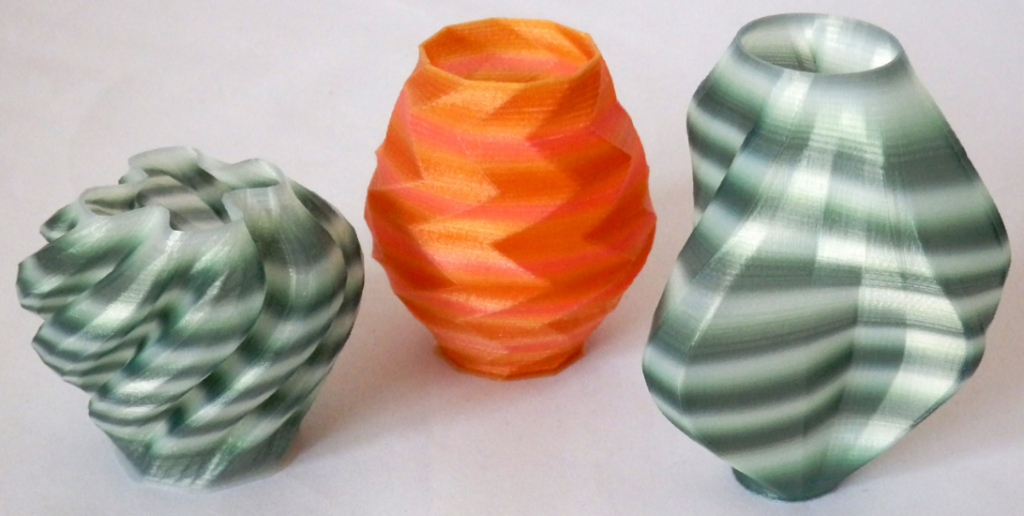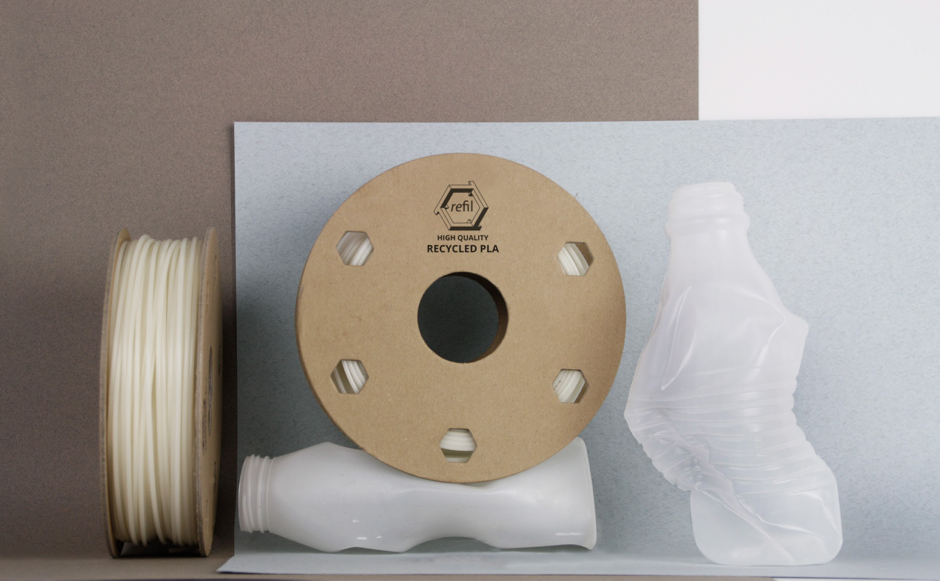PLA or HT? Which high temperature filament can withstand heat and stress better?
In my last article, I covered the basics of working with high temperature 3D printer filaments. In this article, I’m going to subject both HT and PLA (polylactic acid) filament to two of three separate homemade tests.
The three experiments I performed were designed to test the two filaments for strength and heat resistance, while controlling as many external factors as possible.
I’m sure ColorFabb has a very sophisticated, very expensive testing machine that tests their filaments in a fully controlled environment. Unfortunately, I don’t have access to such a machine, so my test equipment is made from materials you can buy at your local hardware store.
Oven test
The first experiment was designed to test the heat resistance of the two filaments. I put two rings, one in HT and one in PLA, side by side on a baking sheet and put them in an oven. Then I started turning up the heat. The following picture shows the two models after the test.
Both models (HT left and PLA right) after the oven test
To be honest, I was very surprised by the result. At exactly 100 degrees Celsius, I pulled the models out of the oven and tried to cut them with a butter knife. Both models held up exactly the same, so I put them back in the oven and turned the heat back on.
The interesting result occurred at 300 degrees Fahrenheit. The black HT ring was malleable and folded on itself, while the white PLA ring seemed unaffected by the high temperature. This could be due to the HT filament being more pliable overall, but it’s not the elasticity I expected at high temperatures.
It is important to note that this experiment was not performed under the operating specifications expressly stated by the manufacturer. The exact claim of the HT filament is that the filament retains its strength up to 100 degrees Celsius and the filament is folded under significantly more. While I’ll talk about verifying this exact claim in the final article in this series, this first test is not an outstanding performance of the HT filament.
Hammer drop test
The second test I did was a strength test only. To test the strength of the filament, I mounted each ring in a vise and repeatedly dropped a four pound sledgehammer on it. Here is a layout of the test machine:
The ColorFabb_HT model in the test setup
Of course, the optimal way to test the ring would be to hang successive weights on it until it fails, but I found this method was much safer since no heavy weights suddenly fell to the floor.
I started by dropping the hammer on the print from a short height, lifting the hammer one centimeter at a time. If the pressure survived all these drops, I repeatedly dropped the hammer from the highest point and recorded how many hits it survived. The following two videos show every pressure that the hammer has fallen on.

The HT (left) and PLA (right) models reached their respective break points in the stress test
This is the test where HT filament really excelled. The PLA could not survive even a drop from the highest point, while the HT model survived twenty-two drops. Honestly, I’m surprised that ColorFabb doesn’t market the product as primarily stronger as the improvement over standard PLA is unprecedented.
One of the main characteristics that make HT filament more shock resistant is its inherent softness. This may have been a disadvantage during a pure heat test, but if a weight is dropped on it, the HT filament is more “springy” and can absorb the energy much more effectively. Even other filaments designed for strength such as. B. carbon fiber composites are much stiffer and could not handle the impact as well. The difference would be similar to dropping a hammer on a rubber ball instead of a raw egg.
In the next article we will talk about testing heat resistance and strength at the same time, as well as an overall analysis of the performance of each filament.
Next article













